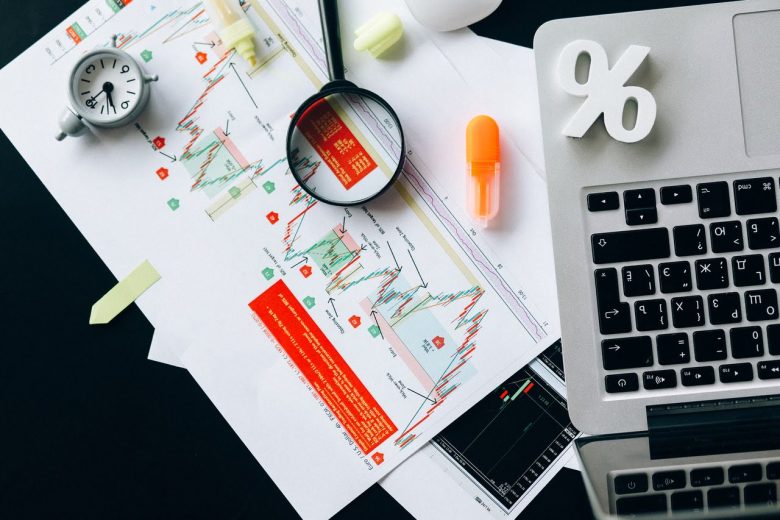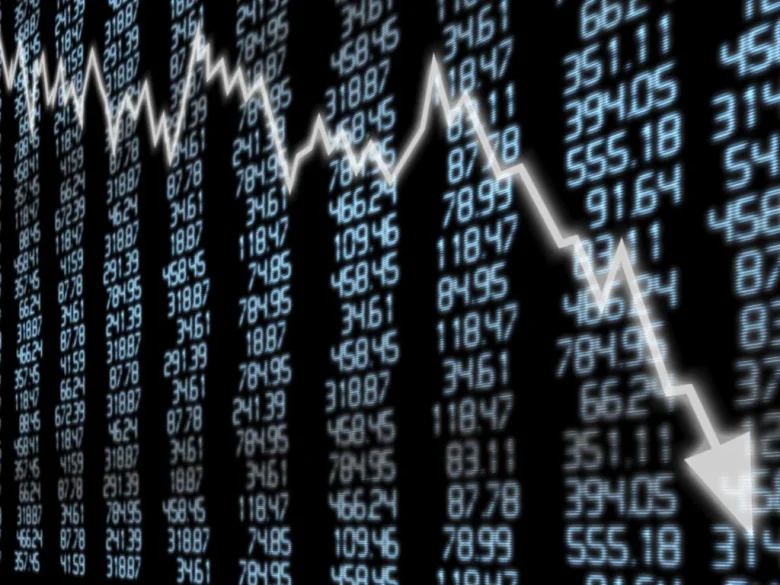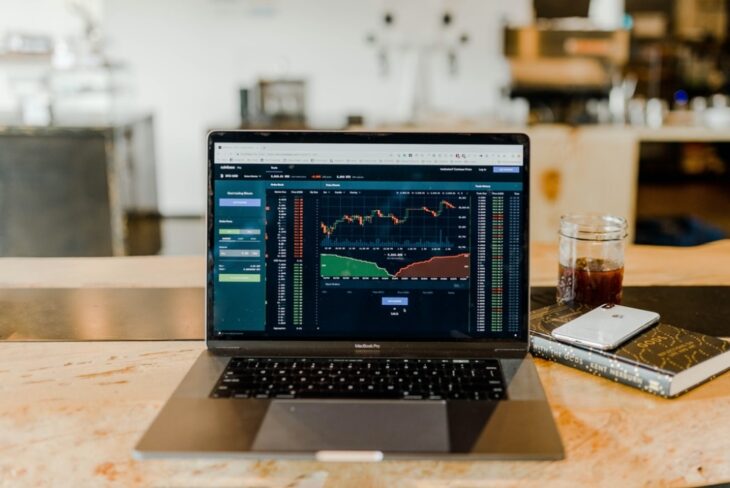Thinking about adding CFD to your trading arsenal, but not sure if they are a good fit for you? Let us introduce you to CFD trading, so then you can better understand what they are and the advantages and risks of adding them to your trading portfolio.
Contents
What is a CFD?
A CFD, short for Contract for Difference, is a financial contract between a trader and his/her CFD broker to exchange the difference in value between the traded asset’s price at the opening of the contract, and its closing price.
As a financial derivative product, its value comes from the underlying asset. A CFD on Tesla, for instance, will follow Tesla’s stock price. If you want to trade Tesla through CFDs, you will only get the opportunity to profit from a price movement on Tesla stock – you will not own any Tesla shares.
Using a CFD is therefore good for traders looking to get a chance to trade either an upward or a downward price movement of selected instruments without owning them, through a reliable broker like easyMarkets.

Source: imoney.my
What are the benefits of trading with a CFD?
Use margin trading and leverage
When trading with CFD, traders can use margin trading and leverage, which means that they can potentially earn more if the assets they’re trading move in the predicted direction.
Margin trading allows traders to borrow money from their brokers to maximize their market exposure by using more funds to trade than they would otherwise be able to with their trading accounts.
To offset the credit risk traders, create for the broker, they must put aside a certain amount of money. This is called the “margin” and is usually a fixed amount or a percentage of the total value of the position traders want to open.
Thanks to leverage, CFD traders can start with relatively small trading capital, which attracts many retail traders looking for an opportunity to start small.
Profit from falling markets
Another great advantage of a CFD is that it is possible to take advantage of rising markets, by opening buying or “long” positions, as well as falling markets, by opening sell or “short” positions.
As traders are able to take advantage of all market conditions, both bullish and bearish, this means that they can develop a trading plan for all types of market conditions and be able to profit even if the economic outlook isn’t positive.

Source: markets.businessinsider.com
Because you can use short-selling in your CFD trading to take advantage of falling prices, this also means that traders can use CFD trading to hedge their mid-to-long term share portfolio.
Let’s say that you own 10 Netflix shares that you want to keep for a few months or even years. Today, you know that markets are bearish, and that market volatility is high, so you expect the price to fall for a little while.
Of course, you don’t want to sell your 10 Netflix shares today because you believe they will increase in value over time. However, you would like to be able to compensate for the short-term loss of your longer-term position.
This is possible with CFD on Netflix, as you can short-sell 10 CFD on Netflix shares to profit from falling prices over the short term, while keeping your longer-term positions on Netflix open.
Trade various financial assets in a single trading platform
Another great advantage of CFD is that there are thousands of underlying assets to trade among different asset classes. It is indeed possible to trade CFD on shares, indices, currencies, commodities, bonds, ETF, and cryptocurrencies for instance.
Therefore, trading CFD means that it is possible to access a wide range of markets from a single trading platform. It is then easier to apply diversification to mitigate risks and to get exposure to markets that were once dedicated to professional traders only.
Being able to trade so many assets within the same platforms also means that there is a greater chance of taking advantage of the many trading opportunities the different markets have to offer.

Source: thekickassentrepreneur.com
What are the risks and limits of trading with a CFD?
Potential losses can be high due to the use of leverage
While margin trading and leverage are powerful and useful tools for traders to increase their potential profits, it is also considered a double-edged sword if the concept of leverage is not understood, as it also increases potential losses.
Moreover, CFD traders tend to use the maximum allowed leverage, which often doesn’t fit their risk profile and trading goals, adding additional risks to their trading funds when markets move against them.
Trading costs can add up if you keep your positions overnight
When keeping a position overnight, there are overnight costs such as swaps and rollover costs that need to be invoiced by the CFD broker for the money it lent traders. Depending on the trading strategies, these costs can quickly add up.
This is especially true for very active traders like scalpers and day traders that open many different trading positions during their trading sessions to take advantage of very small price fluctuations.

Source: news.bitcoin.com
Lack of ownership of the traded assets
With CFD, traders never own the underlying assets, which means that they cannot take advantage of all the benefits associated with holding the underlying asset. When buying real shares, investors become shareholders for instance, and are granted rights like voting power and dividends that they don’t have with CFD on shares.
Risk of scams
Unfortunately, when it comes to CFD trading, there are many unscrupulous, unregulated brokers that engage in high pressure sales tactics and unrealistic promises of profits to lure unsuspecting traders. That’s why it’s important to be careful and take the time to choose the right trading partner (CFD broker) who will protect your funds, provide competitive trading costs, and offer a secure trading environment.

Source: unsplash.com
Final words
You now know what CFD are and what the benefits and risks of CFD trading are. If you think that it might be a good idea to add CFD to your short-term trading strategy, don’t forget to work on a trading plan that will fit your personality and your risk appetite, and to select a reliable, popular, and regulated CFD broker.
